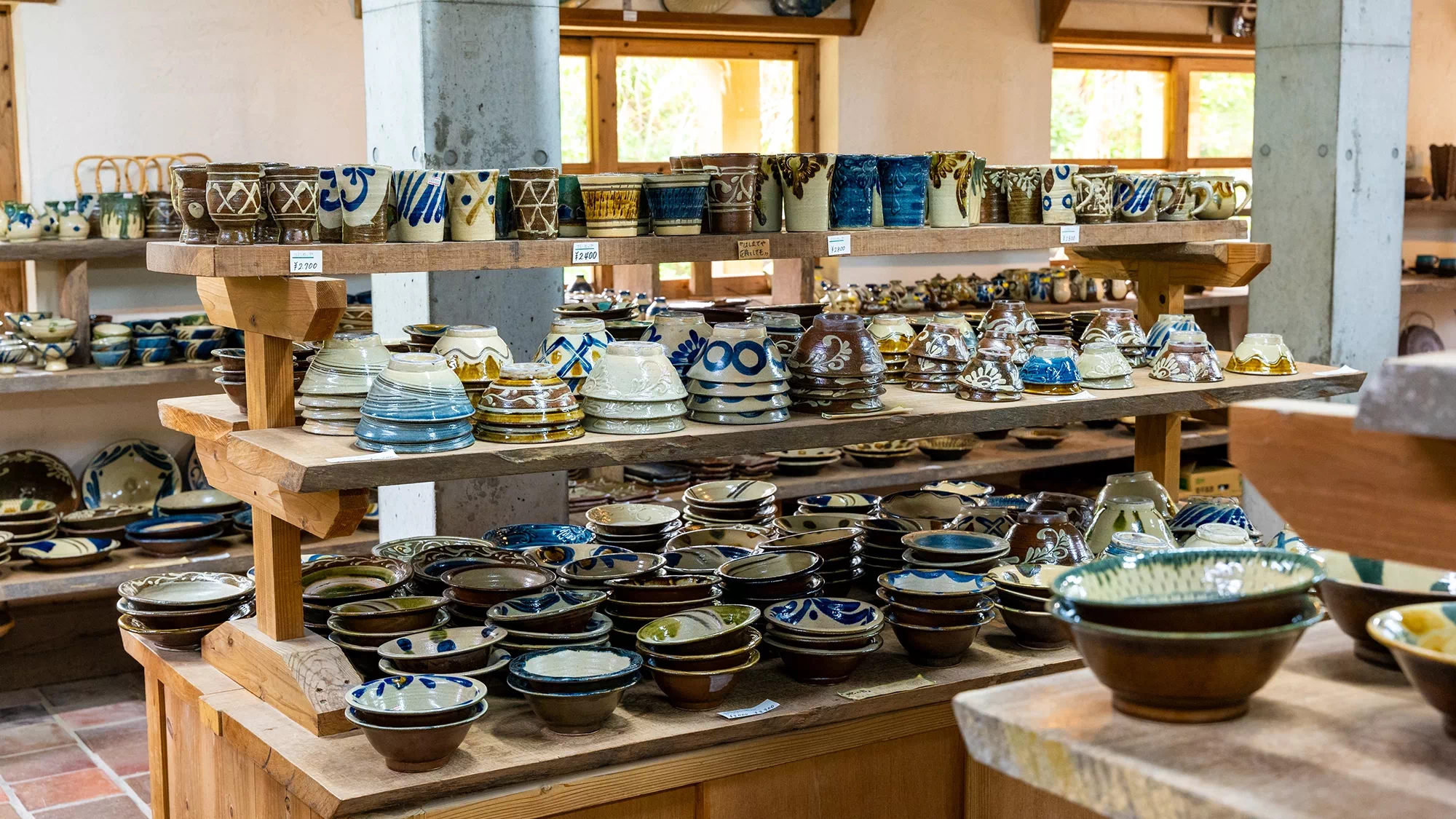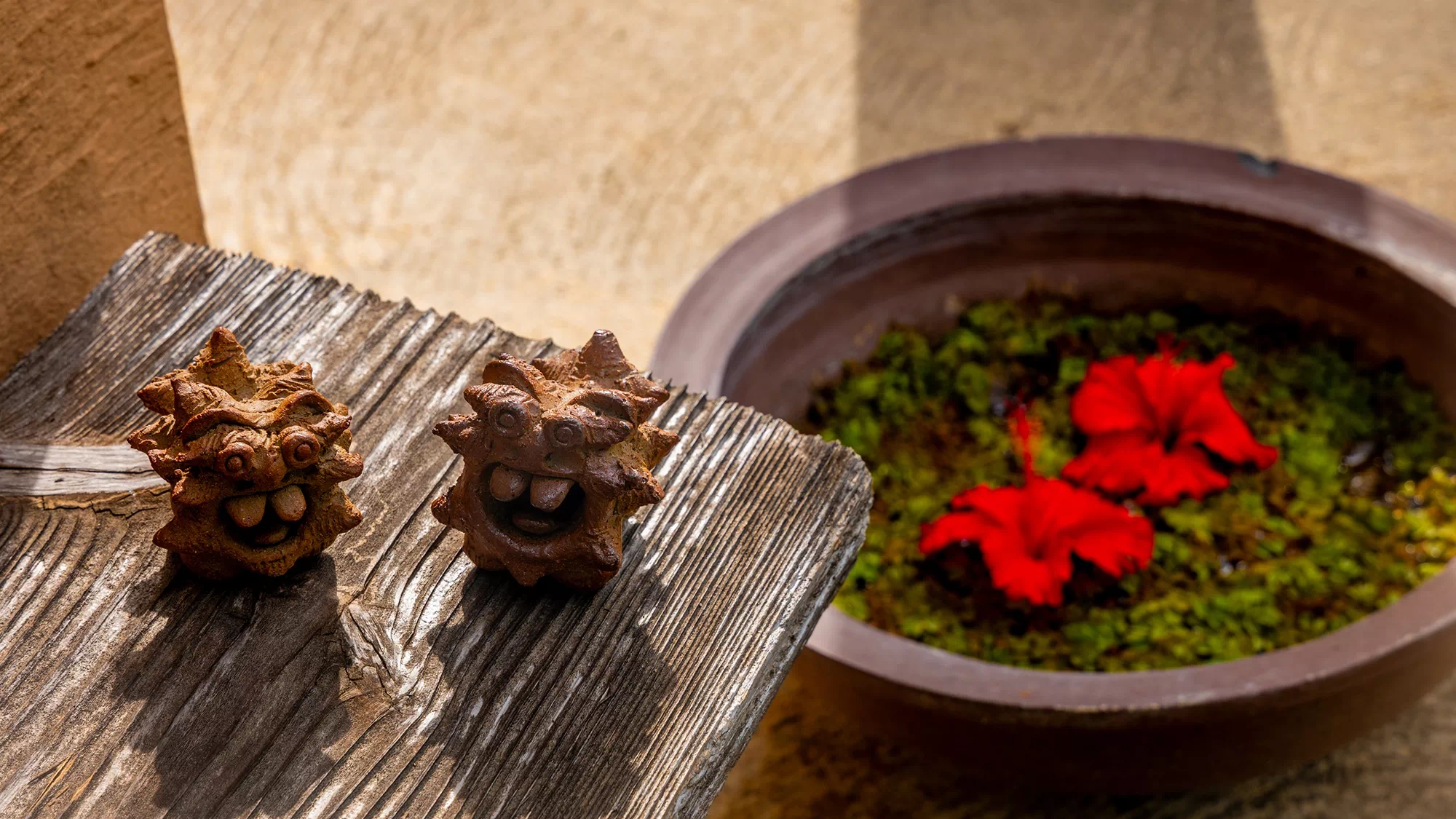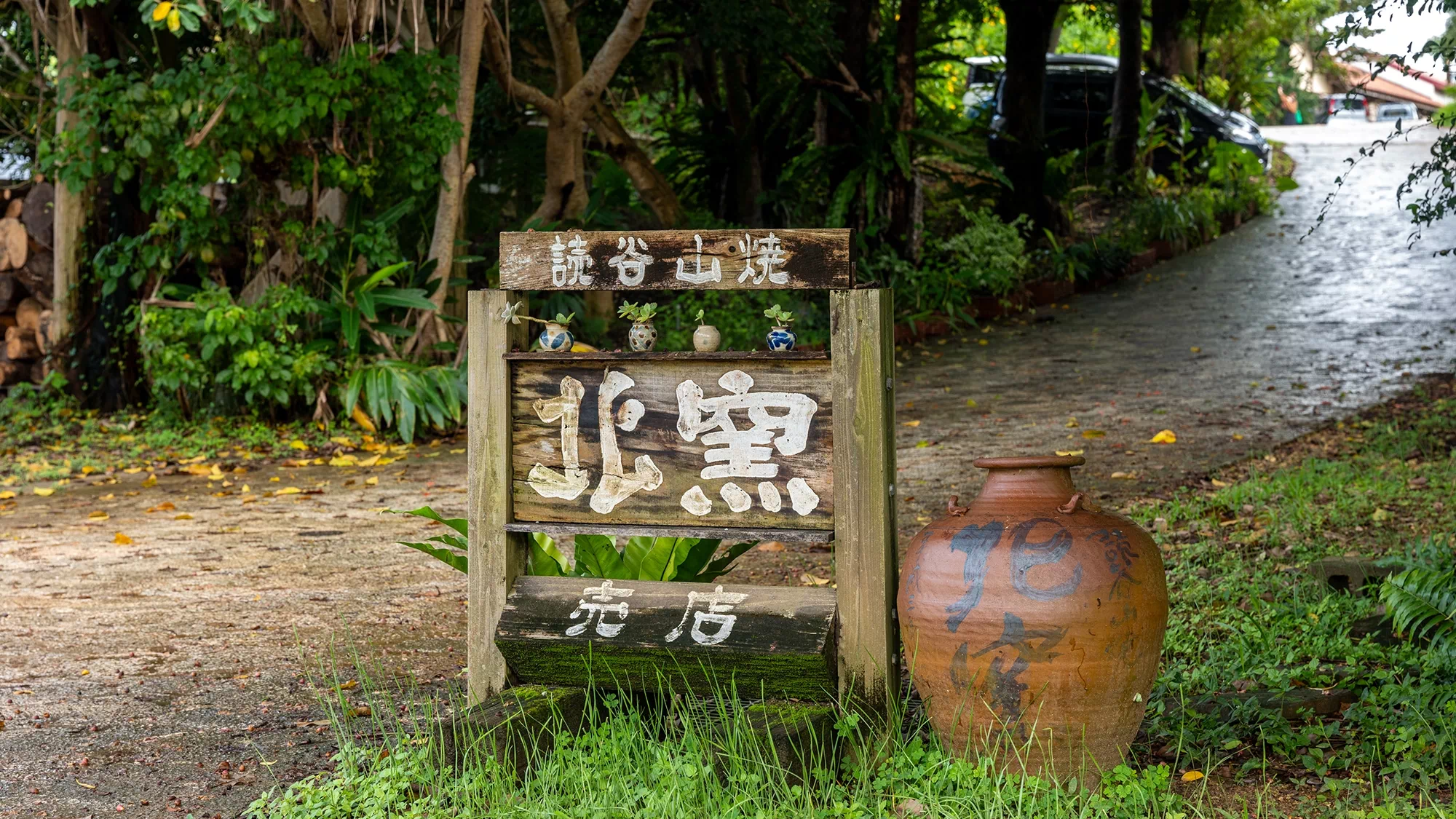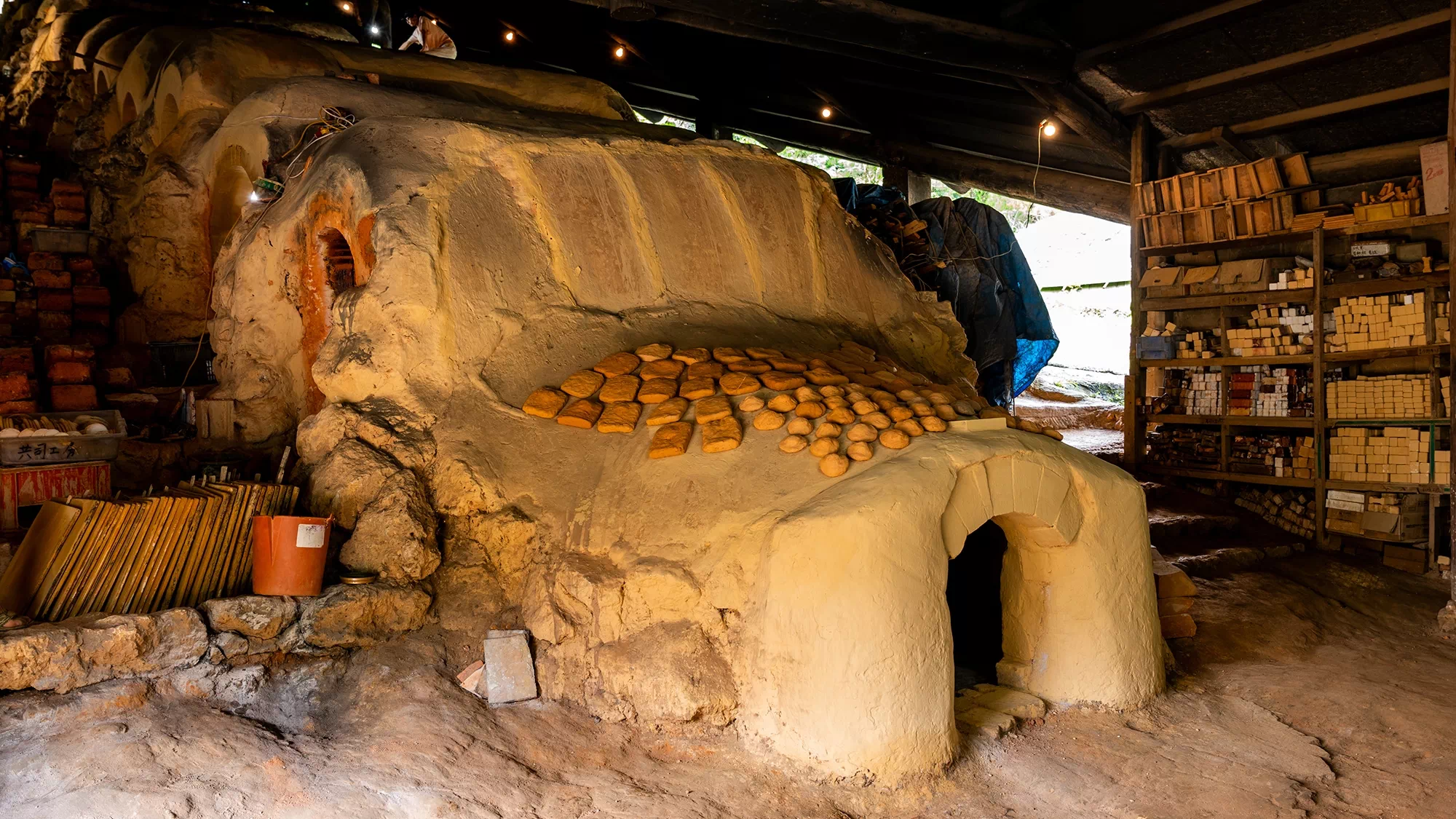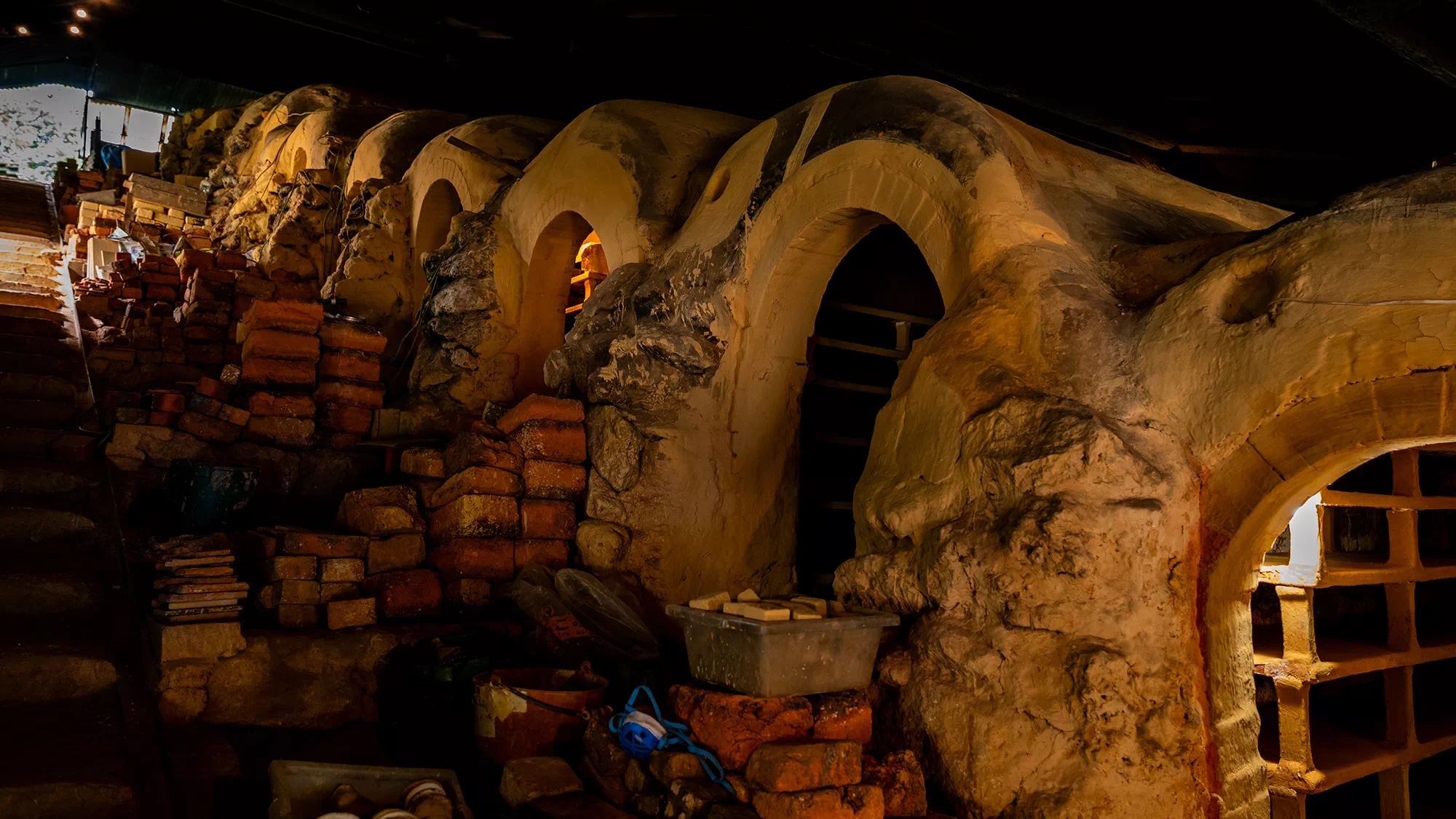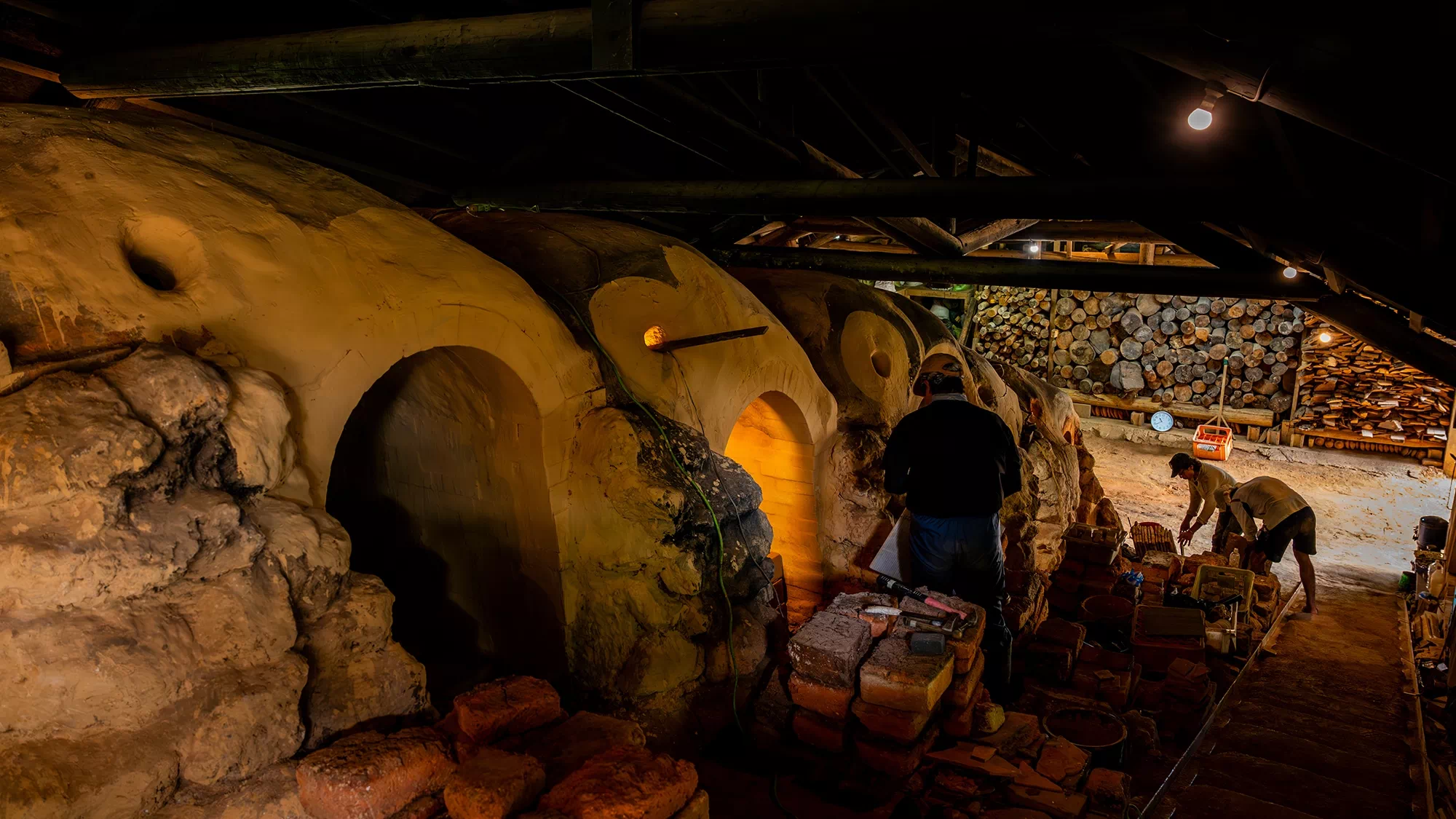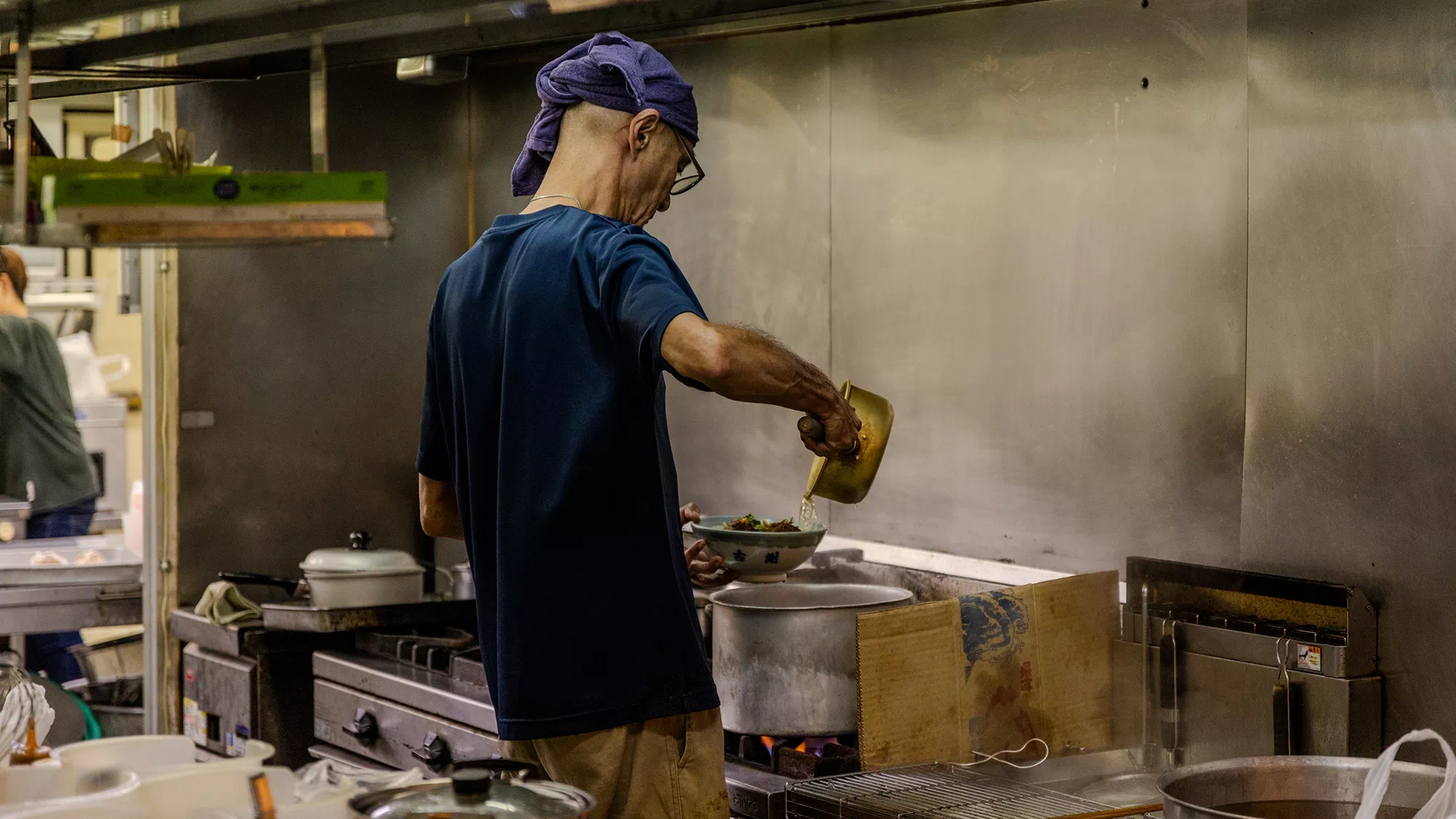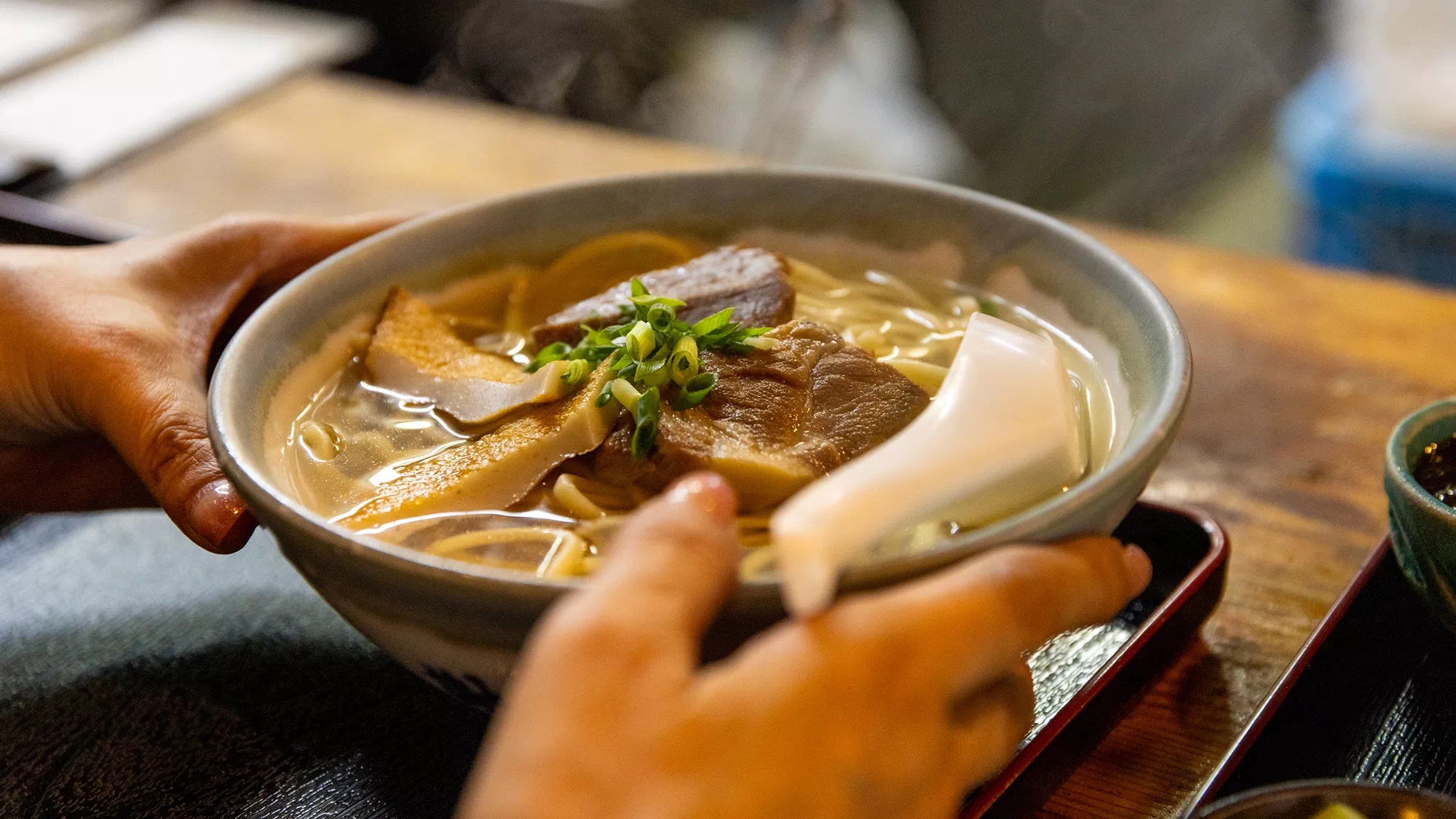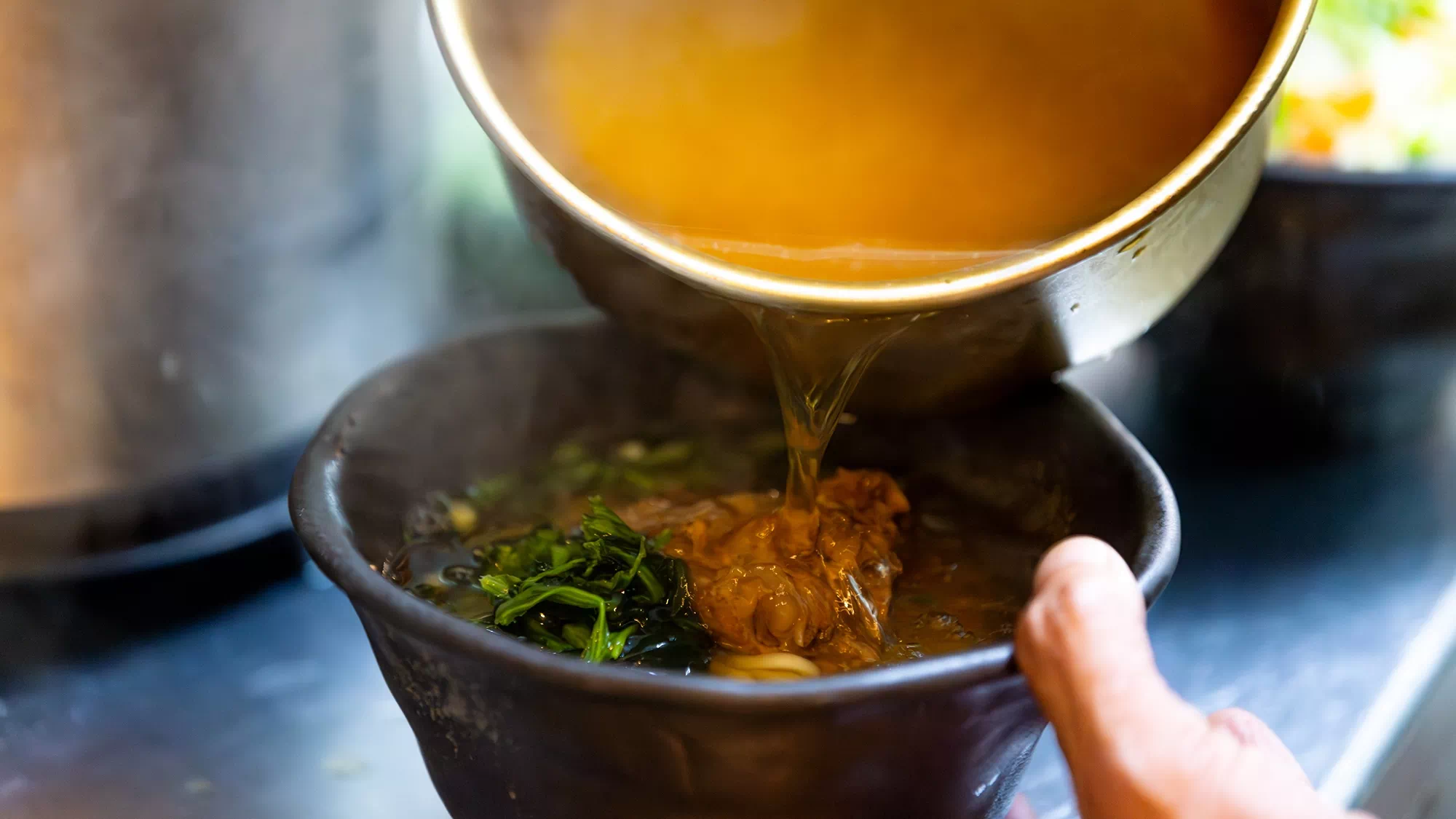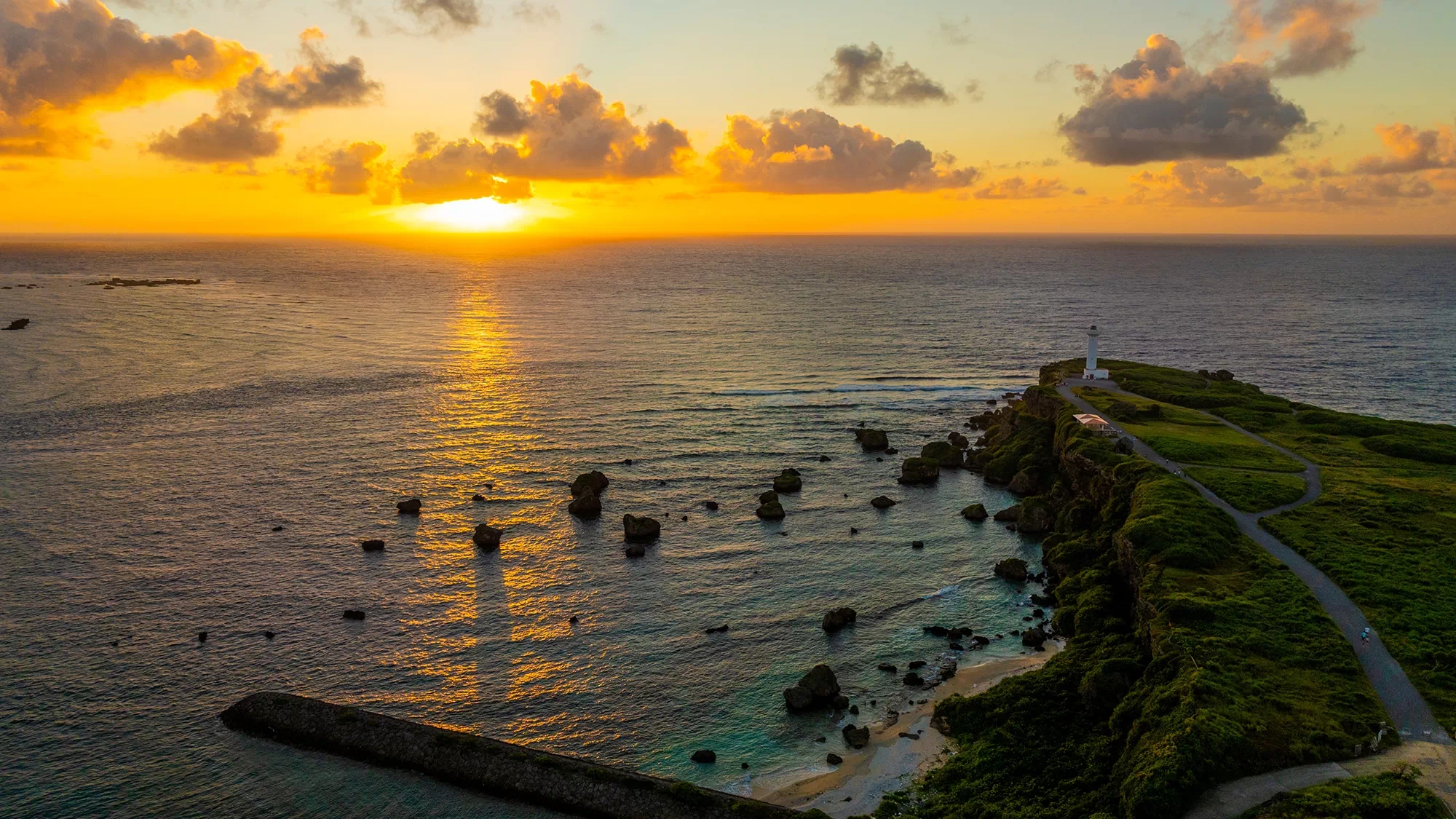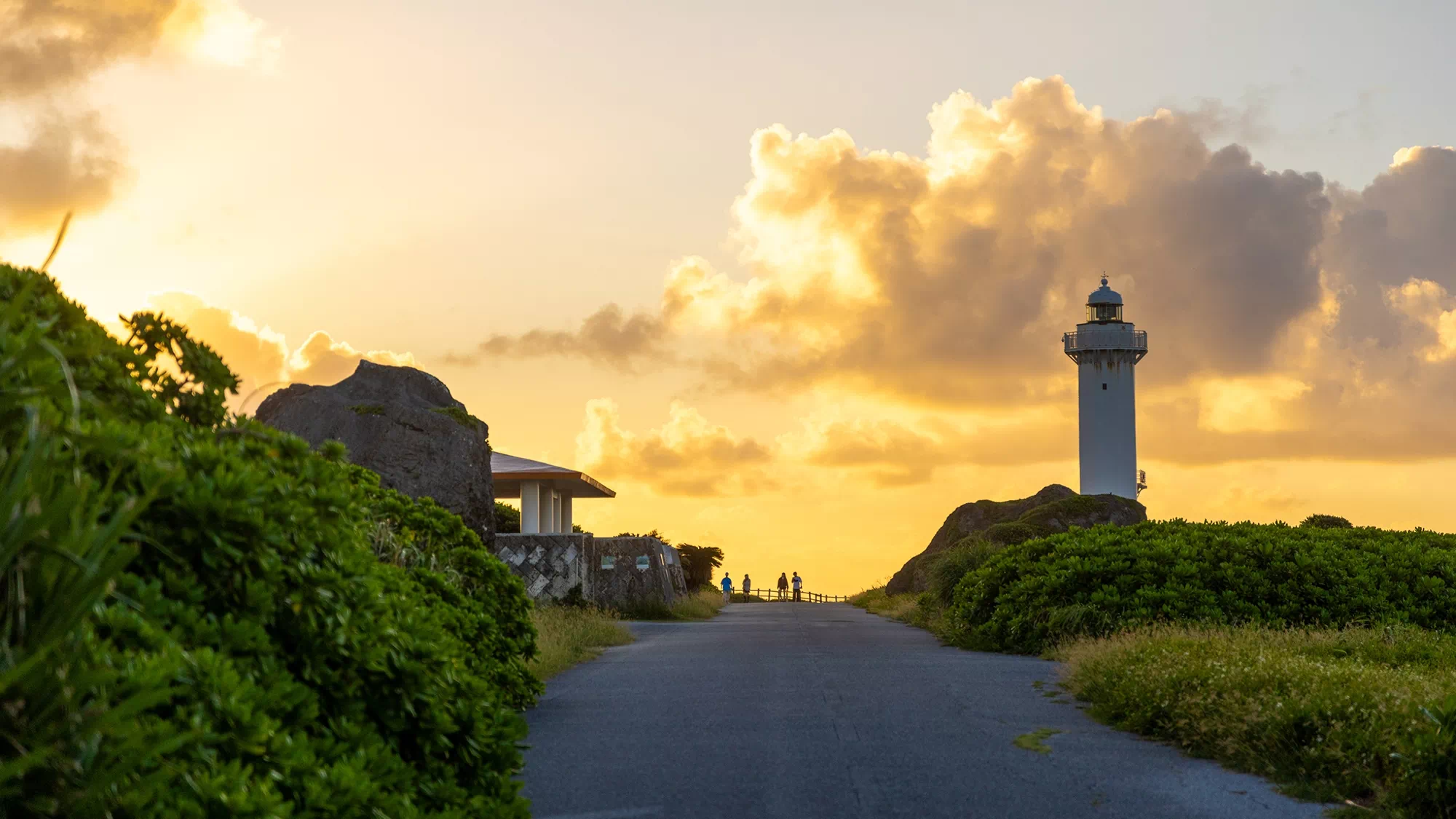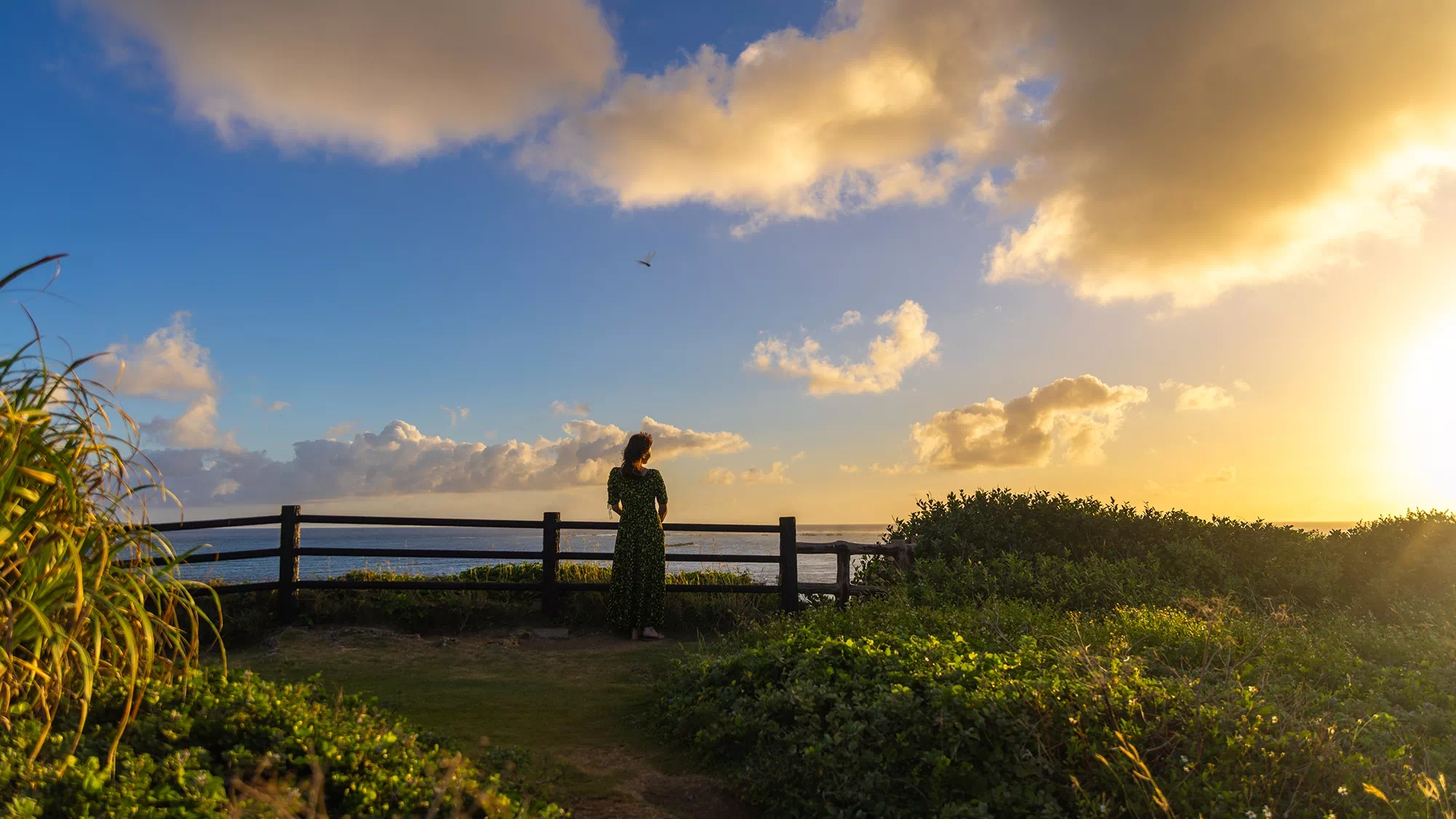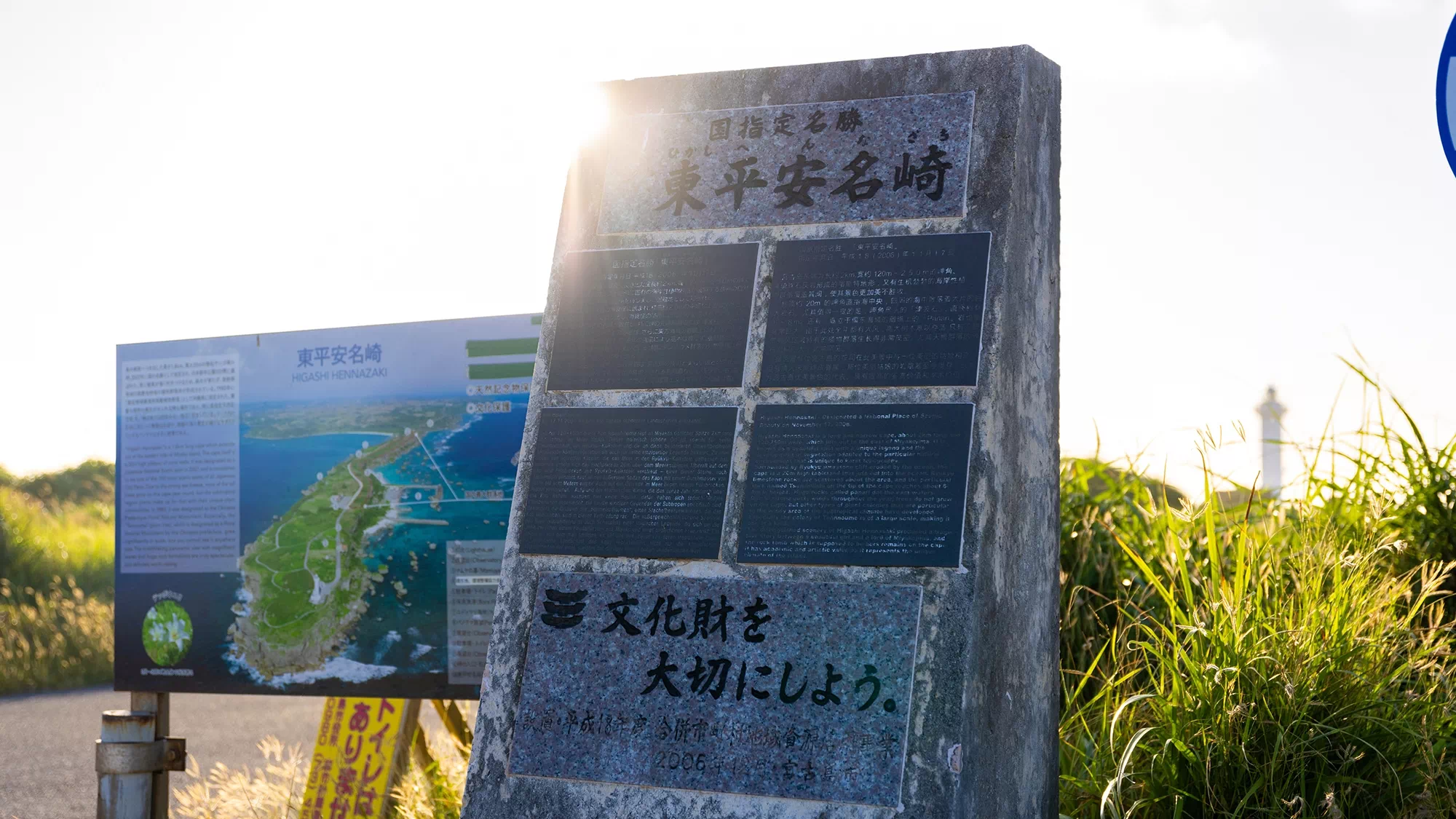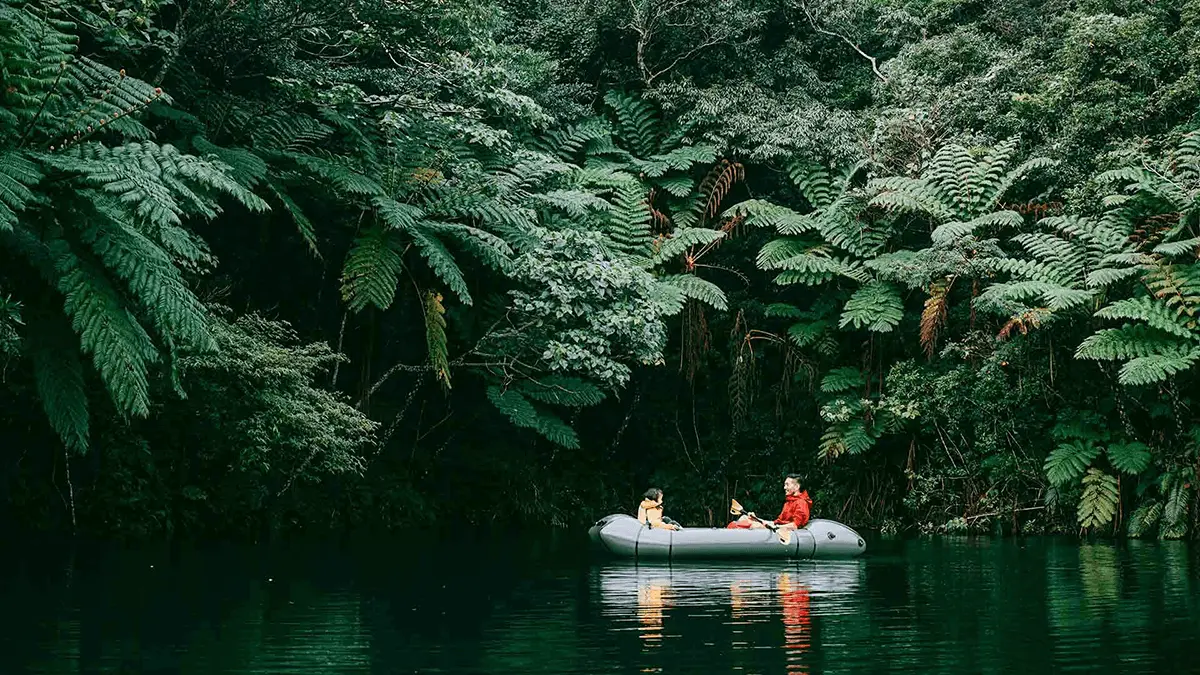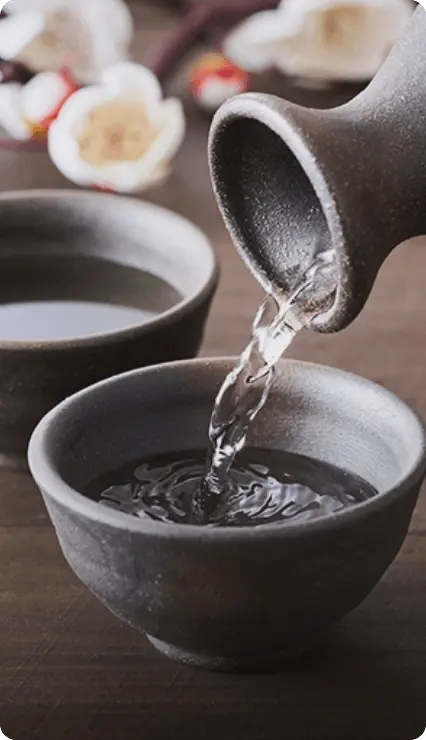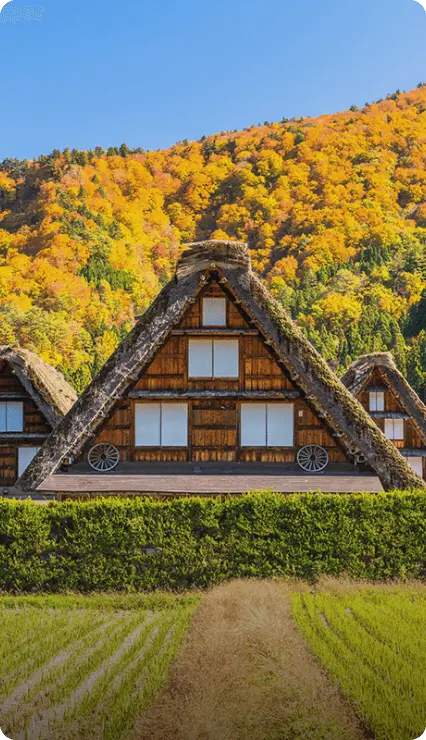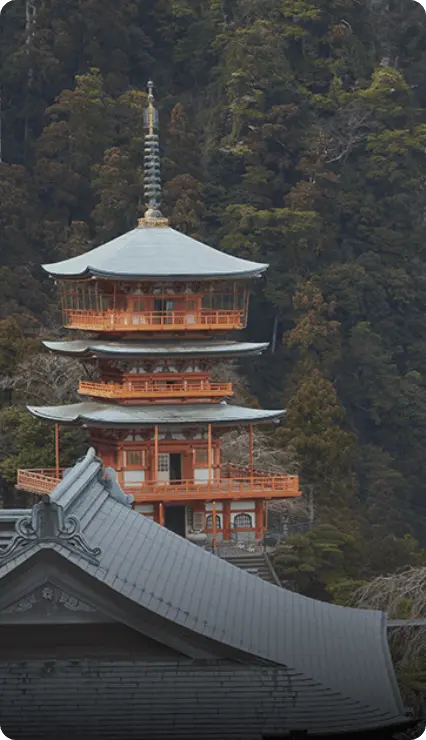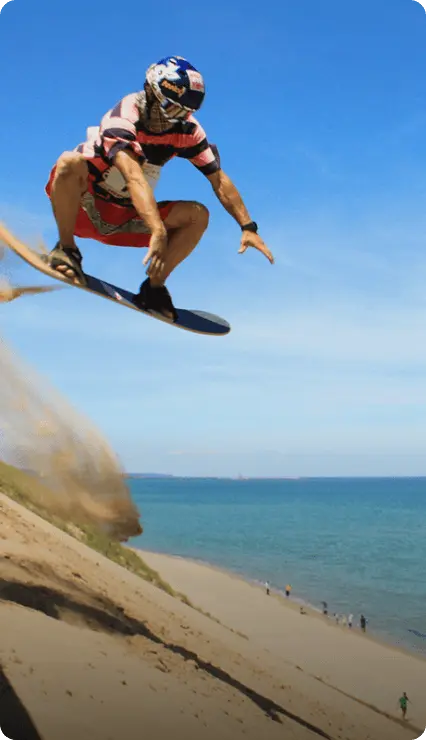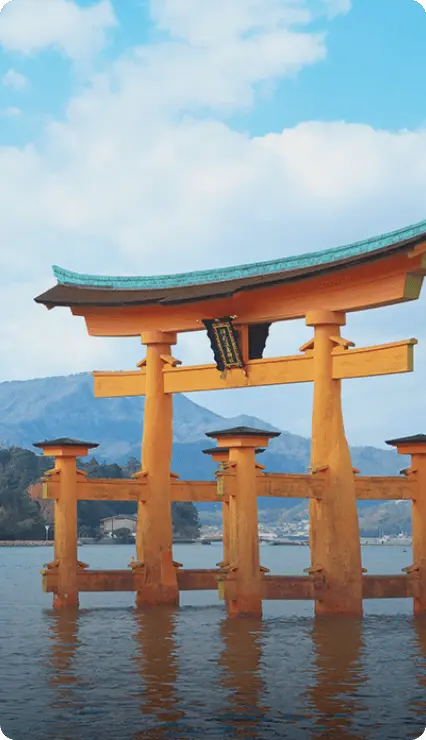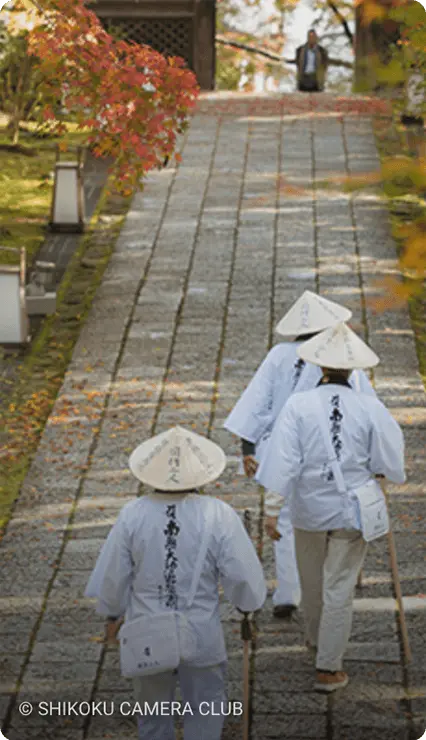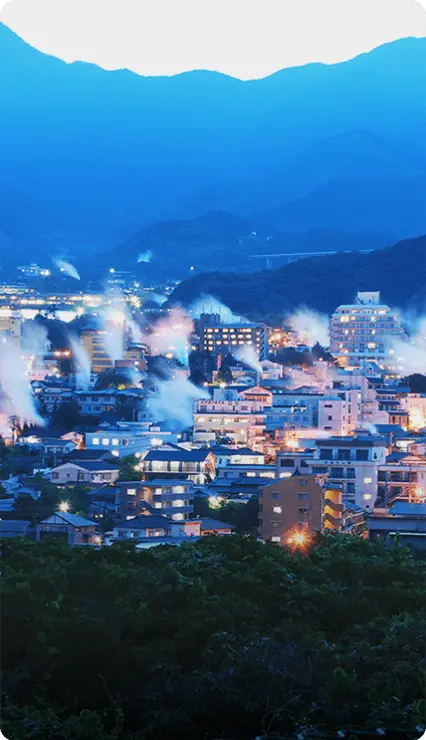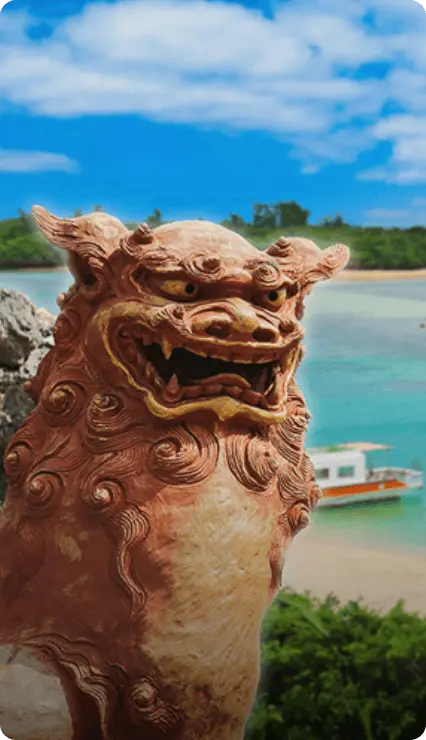Spellbinding culture meets mythology in Japan’s subtropical beauty: OKINAWA GUIDE

Produced for Japan National Tourism Organization by

Please always refer to the latest government advice before booking travel and departing on any trip.
-
Luring visitors with golden beaches and picturesque palm trees, Okinawa is a wandering knight, never failing to surprise travellers with a backstory that’s even more enticing. What awaits is, quite literally, a kingdom of discoveries.
-
Forming a string of emerald isles, Okinawa is historically richer than its sun-kissed demeanour initially suggests. From the 15th to 19th Centuries, this southernmost prefecture of Japan formed most of the Ryukyu Kingdom, a thriving tributary state that flourished by building trade relations with neighbouring empires. It was assimilated into Japan in 1879. After World War II, it was governed by the United States for 27 years before reverting to Japan in 1972.
Today, with more than 35 inhabited islands, Okinawa features a unique culture alongside wild nature. Its numerous beaches, which have the longest open season in Japan of roughly seven months, aren’t the only main attractions.
The first thing that welcomes travellers at the airport in Naha, Okinawa’s capital city, is a signature warm ocean breeze with a touch of humidity. In fact, Okinawa has only seen snow twice as far as we know and, depending on the season, tourists can enjoy outdoor activities such as diving, whale watching and kayaking.
To fully embrace the culture of Okinawa, Japan’s only subtropical region, getting to know the local gods is a great place to start. Hop in a taxi at the centre of Naha and take an hour's ride east to Sefa Utaki, which literally means “the most powerful and sacred places”. Here, you’ll find six sites called “sanctuaries”, where the founding god of the Ryukyu islands is worshipped. The most eye-opening site is a triangular opening formed by two towering rocks.
During the kingdom period, Sefa Utaki was off-limits to men. It’s said that even the Ryukyu king had to change into women's clothing to enter. Royal women performed rituals and a kikoeokimi (high priestess) would be appointed to serve as the spiritual guardian of the kingdom. When visiting this Unesco World Cultural Heritage site, avoid revealing attire, livestreaming or taking photos of the sanctuaries. Sitting high above Cape Chinen, it also affords views of Kudaka Island, which is said to be the first island created by the gods of the Ryukyus.
Okinawa must have been blessed as today it is also known as a Blue Zone, a term used to describe a location where many people live to 100 years of age or beyond. There’s even a popular old Japanese saying that translates roughly to, “At 80, you’re merely a youth. At 90, if your ancestors invite you into heaven, ask them to wait until you’re 100 – then you might consider it.”
-
1 6
Visiting Ogimi Village in the north promises to unveil the locals’ secrets of longevity. Here, you can experience the locals’ appreciation for slow living and savour healthy local fare at home-style restaurants.
Besides living a relaxed lifestyle amid expansive nature and consuming a well-balanced diet, active involvement in the community is said to be key to Ogimi residents’ longevity. People keep themselves busy with farming, bashofu (a unique form of traditional weaving with banana tree fibres) and many other activities including gateball, a golf-like team sport inspired by croquet.
-
1 3
Okinawa has also become a popular golfing destination, with courses boasting magnificent ocean views. Ocean Links Miyakojima on Miyako Island is one such example, accessible from the mainland via a 45-minute flight. This 18-hole, par-72 golf resort offers private cottage accommodation, a bathhouse with ocean views and a waterfront restaurant serving local specialties such as Miyako miso soba noodles.
-
1 6
Miyako Island’s Cape Higashi Henna is also where the East China Sea and the Pacific Ocean meet. This nationally designated spot stretches for a scenic 2km and is home to more than 200 species of plants and flowers. Spot the megalithic boulders that some believe were thrown ashore by a powerful tsunami in 1771, and climb the 97 steps to the top of the cape's lighthouse for views that will take your breath away.
-
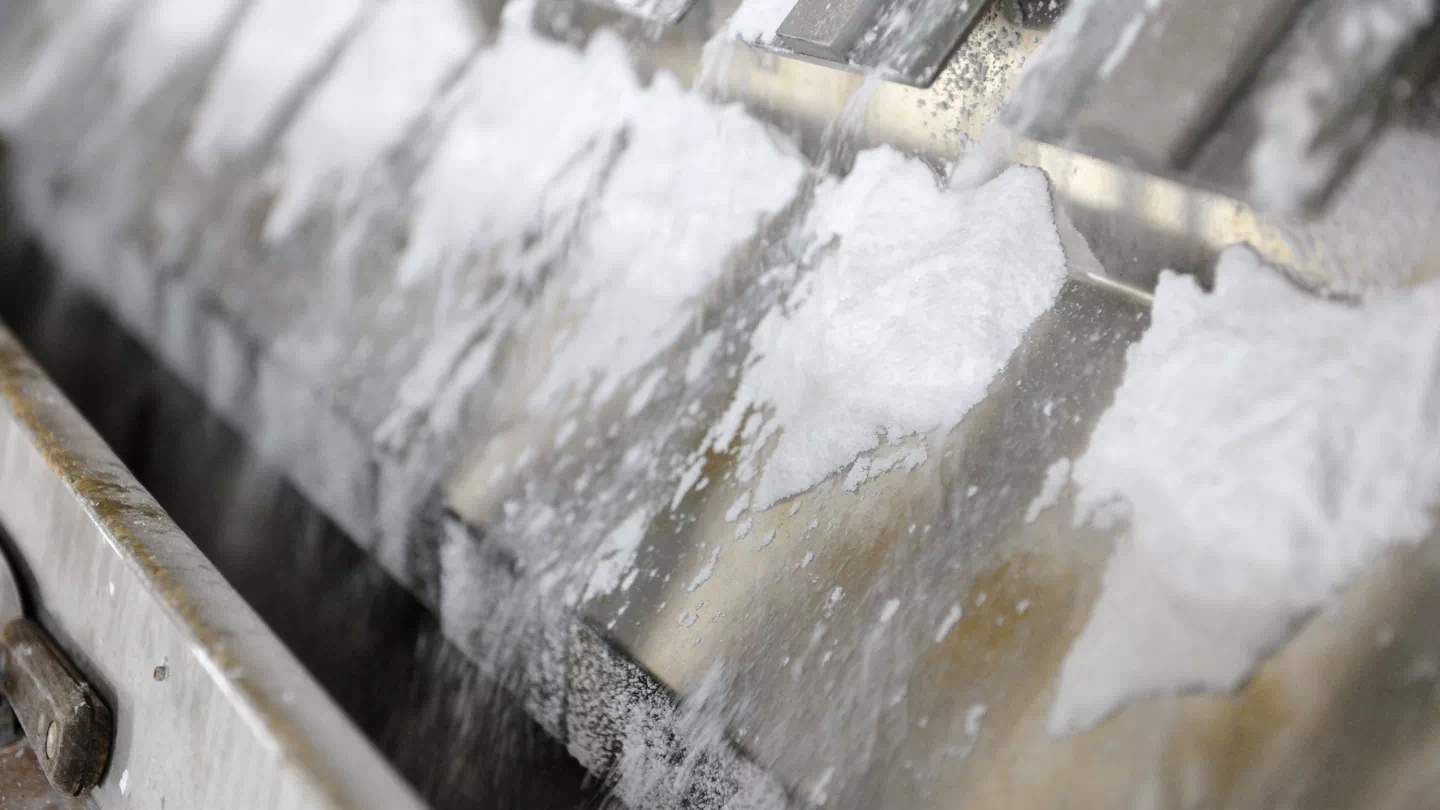
Another draw in Miyako is the Yukishio Salt Museum where visitors can learn how salt is produced locally from underground seawater. Unlike the conventional evaporation method requiring about two days, yukishio – literally translating to snow salt – is produced by an evaporation method that’s more time-efficient. This method enables yukishio to retain essential minerals as well as a rich flavour and powdery texture. At the museum, visitors can enjoy yukishio soft serve ice cream as well as a wide range of souvenirs including flavoured salt, sweets and skincare products.
To fully savour Okinawa’s cuisine and culture, restaurants such as Naha’s Yotsutake provide an unforgettable experience. Here, in the evening, traditional Ryukyuan dance performances accompany sumptuous meals that feature local specialties such as rafute (pork) and jimami (peanut tofu). For a tipple, choose between the local Orion beer or awamori,an indica-rice-based alcoholic beverage brewed using a distillation process that made its way here from the Ayutthaya Kingdom (present-day Thailand) more than 600 years ago.
Like awamori, Okinawan pottery (known as yachimun) reflects the history of the island, from a time when elaborate pieces inspired by trade with South East Asia were presented to the Ryukyu king. Today, the craft prospers in the hands of people such as Yumiko Kinjo, who runs Tituti Okinawan Craft in Naha. Born and raised in Okinawa, Yumiko expresses the beauty of her home through her pottery, collaborating with fellow local artists and frequently exhibiting her work abroad.
Yumiko is also known for her unique layering of white clay and brushwork, which often feature rich gradations of blue. “Everything I see in my everyday life, from the sky to a flower in my neighbourhood, can be a source of inspiration,” she says. “There is also a trend embracing red clay pottery, which is very distinctive and has long been a big part of our tradition.” Yumiko says her hometown is a great place to find one-of-a-kind pottery at affordable prices.
Wandering around, you’ll soon find that many decorative yachimun pieces feature the local guardian lion, shisa. In Naha, the Tsuboya Yachimun Street is a quaint cobblestoned pathway lined with earthenware shops (a few such as Ikutouen offer international delivery), laid-back cafes and even a pottery museum. Outside of the city and closer to nature, the 19 studios of Yachimun no Sato in Yomitan form a pottery village, a cosy commune where you can find a few artisans at work every time you visit.
“Okinawan people are very open-minded and inclusive,” Yumiko says, pointing to the eclectic pottery creations on the island as proof. In many ways, Okinawa is another world unto itself, a mystical side of Japan not only in terms of historical significance but also in food and way of life. The sun, sea and sand may resonate with travel lovers at an instant, but it’s the people and culture that compels them to stay for longer and explore deeper.
Okinawa
Far to the south of Japan's main islands, Okinawa is truly unique. The subtropical climate makes for incredible beaches and diverse flora and fauna, and this small island chain has developed a unique culture of its own.





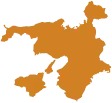






Hokkaido

Tohoku

Greater Tokyo

Central Japan

Kansai

San'in

Setouchi

Shikoku

Kyushu

Okinawa

